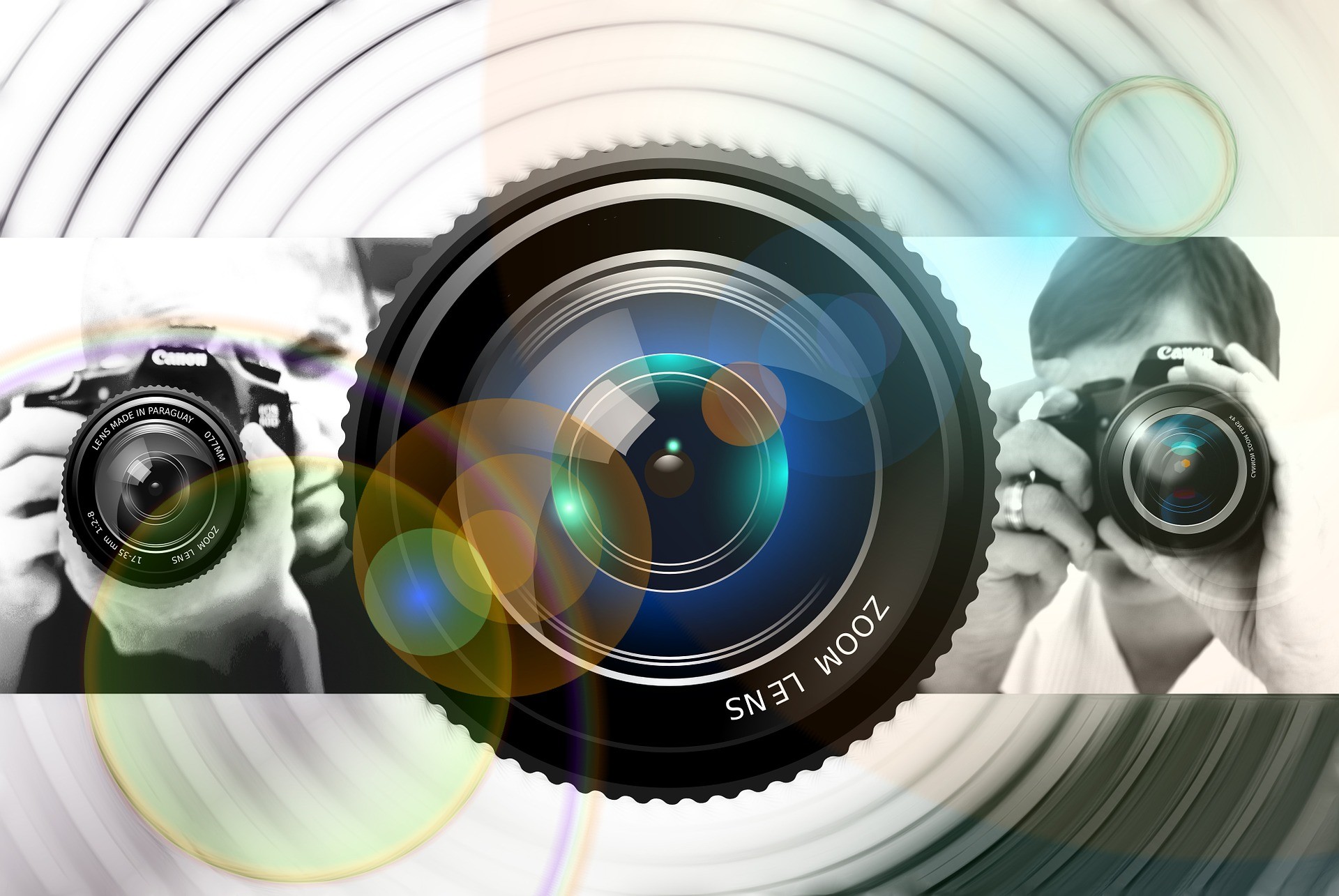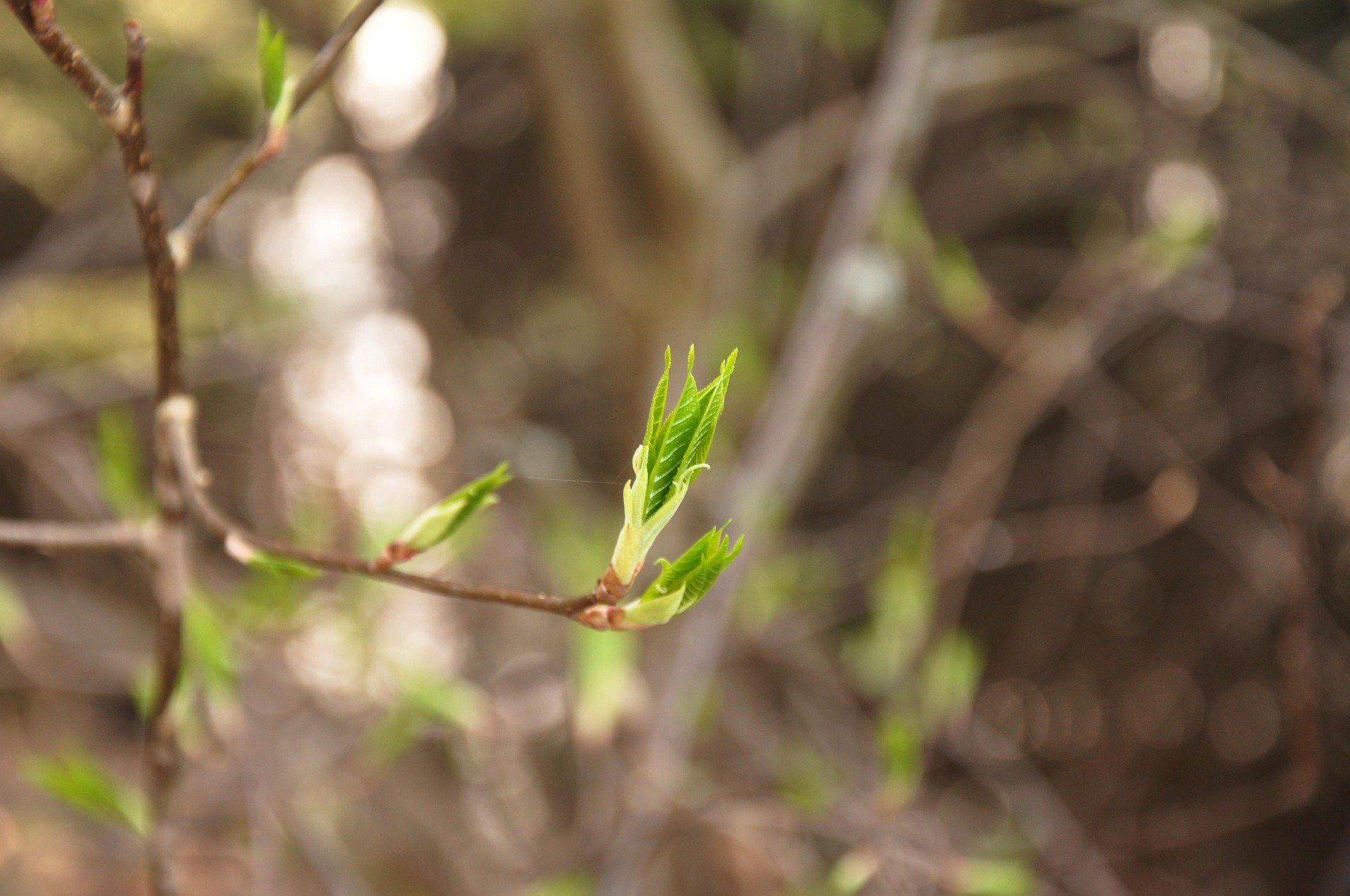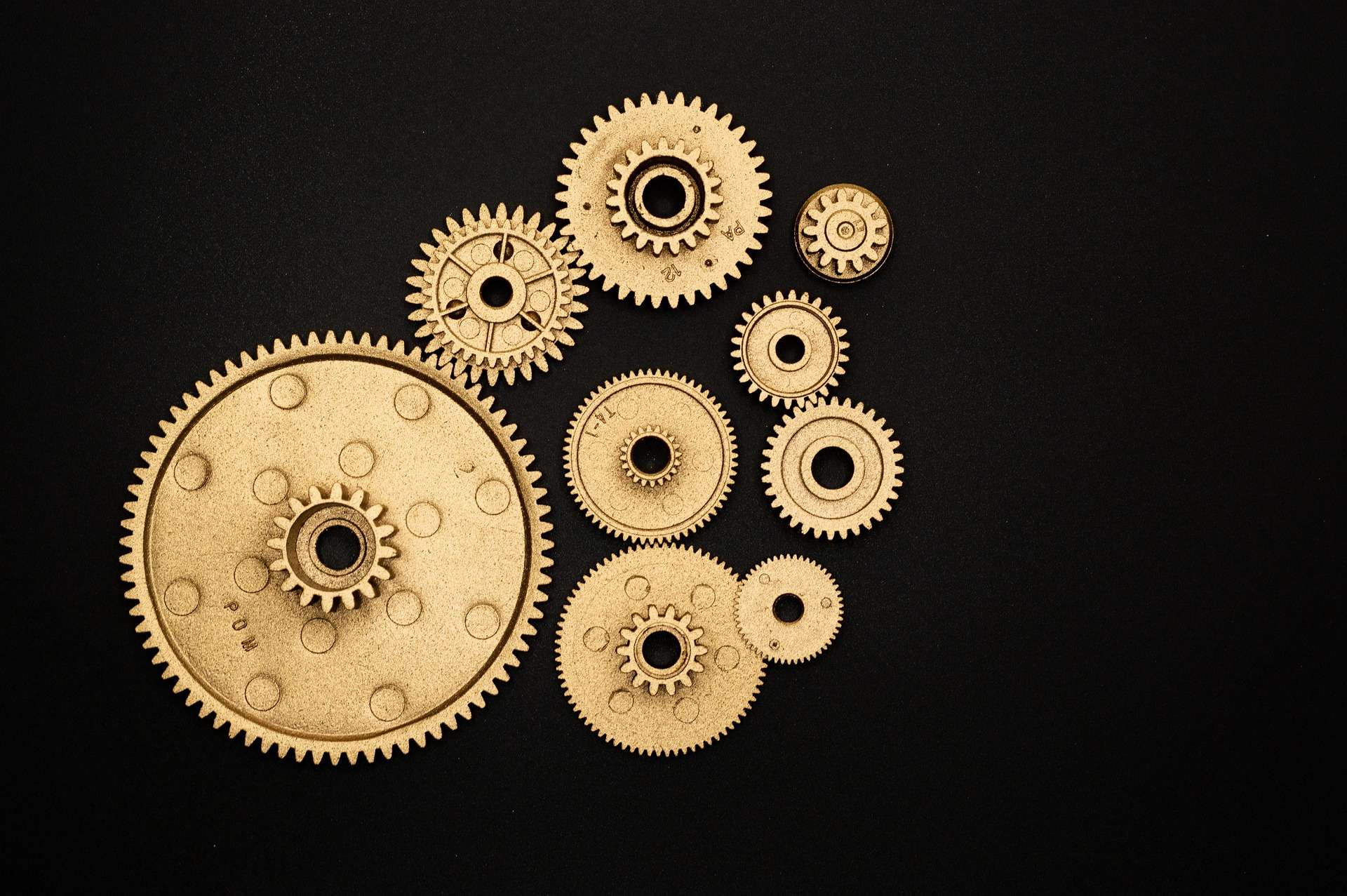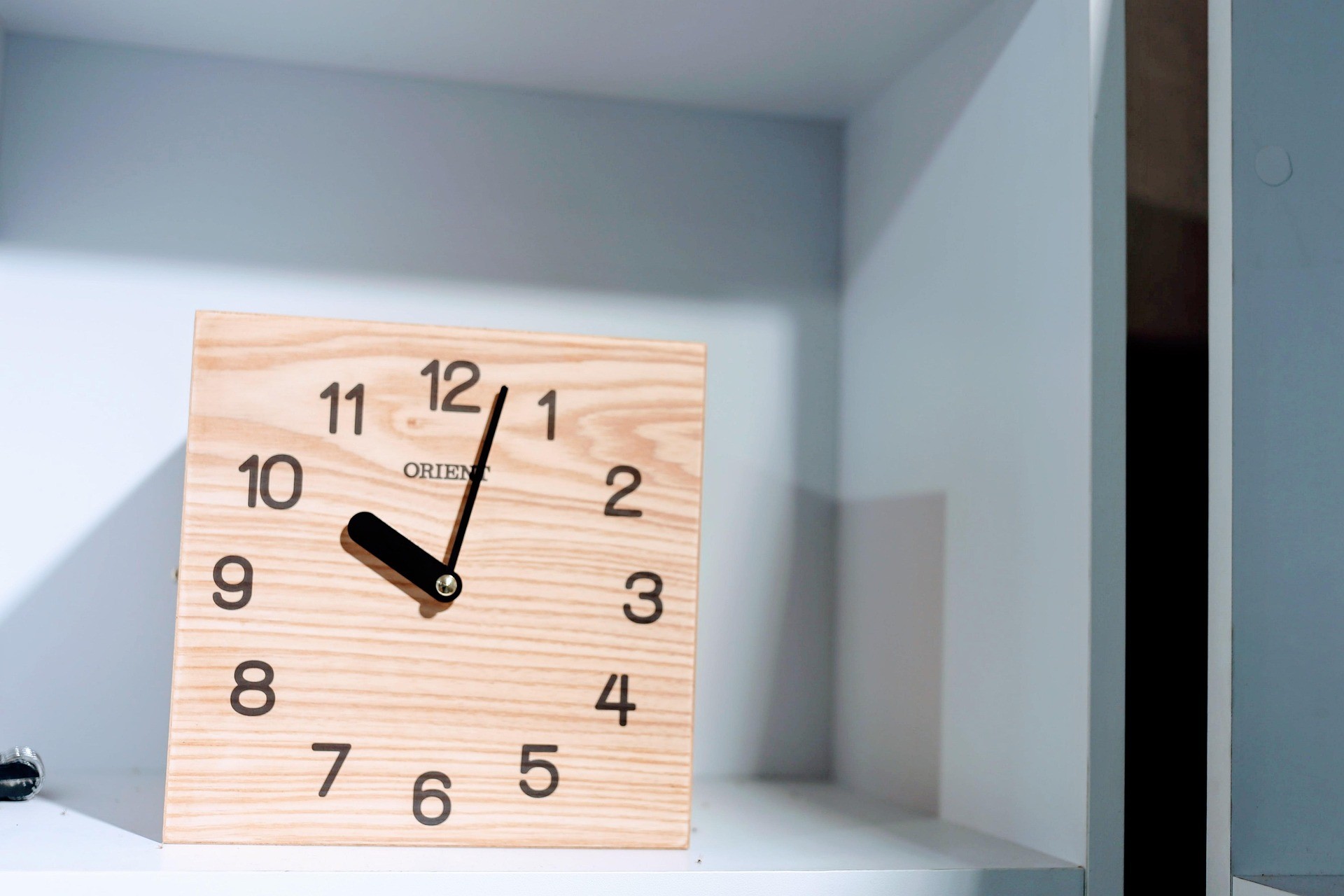Introduction
Photography has evolved significantly over the past century, blending art with science. One striking and sometimes controversial element in photographic imagery is lens flare. This visual artifact occurs when bright light interacts with a camera lens, creating dramatic effects and transforming a scene into something ethereal. Among various lens flare tools, “Photeeq Lens Flare” stands out as a creative innovation, offering photographers greater control over how flares appear in their images.
In this article, we explore lens flares, focusing on the features and uses of “Photeeq Lens Flare.” We examine the science behind lens flare, how this tool enhances creative control, and its growing importance for photographers and filmmakers. By the end, you’ll gain a deeper understanding of lens flares and how “Photeeq Lens Flare” can elevate your photography.
The Science Behind Lens Flares
To understand lens flare’s artistic potential, it’s important to first understand the science behind it. Lens flares occur when light enters the lens at an angle and reflects off the internal elements of the lens. These reflections create unwanted light artifacts, such as halos, streaks, or colorful patterns. While traditionally seen as flaws, these artifacts can enhance an image’s aesthetic.
Lens flares usually occur from bright light sources like the sun, streetlights, or artificial lighting. When light hits the lens, it interacts with multiple glass elements, leading to internal reflections that diffuse the light. The complexity of these flares depends on the lens design and the aperture shape, all of which influence how the flare appears.
In the past, photographers tried to minimize lens flares. However, modern photography and filmmaking now embrace them as a stylistic choice. This shift has led to the development of tools like “Photeeq Lens Flare,” enabling photographers to simulate or enhance flares even when they don’t occur naturally.
The Evolution of Lens Flares in Photography and Filmmaking
Lens flares have always been present in photography, but their use has evolved over time. Early photographers worked to eliminate them, considering them distracting. With the advent of high-quality lenses and more advanced techniques in the mid-20th century, lens flares began to be recognized for their aesthetic value.
In film, directors like J.J. Abrams popularized lens flares, especially in science fiction movies of the 1970s and 1980s. Abrams’ signature use of flares in “Star Trek” (2009) and “Super 8” (2011) reshaped how filmmakers approached lens flares, influencing many to experiment with them as a stylistic tool.
In digital photography, replicating lens flares was once challenging due to the reliance on the physical interaction of light and glass. But with post-production software like Adobe Photoshop and plugins such as “Photeeq Lens Flare,” photographers gained the ability to add and control flares. This innovation empowered photographers to shape mood and tone in ways previously impossible.
What is Photeeq Lens Flare?
It is a post-production tool that allows photographers to simulate and control lens flare effects in their images. Unlike traditional lens flares, which arise from natural light interactions with the lens, “Photeeq Lens Flare” lets photographers insert and manipulate flares according to their creative needs.
Photeeq is renowned for its suite of creative filters and tools. Among them, “Photeeq Lens Flare” stands out for its versatility in adding custom flares, halos, and reflections. The plugin works with popular photo-editing software like Adobe Photoshop and Lightroom, offering an intuitive interface and a wide range of flare styles—from subtle glows to dramatic, full-screen effects.
The real appeal of “Photeeq Lens Flare” lies in its ability to replicate natural lens flare behavior while giving photographers complete control over intensity, color, shape, and positioning. This allows them to introduce flares in a more predictable and customizable manner than ever before.
How Photeeq Lens Flare Enhances Creative Control?
The primary advantage of “Photeeq Lens Flare” is the level of creative control it provides. Traditional lens flares are unpredictable, but this tool allows photographers to craft flares that align with their vision. Here’s how it enhances creative control:
Customization of Intensity and Size
Photographers can adjust the flare’s brightness, size, and spread. Whether they want a subtle glow or a dramatic burst, the plugin offers extensive control over these elements.
Shape and Positioning
Unlike natural lens flares, which are confined by the lens and light position, “Photeeq Lens Flare” lets users place flares precisely where they want them. Photographers can highlight specific areas in the image or create patterns that would be difficult or impossible with physical lenses.
Color Customization
“Photeeq Lens Flare” allows for color manipulation, giving users the ability to create flares that complement the mood of their image. Whether it’s a warm golden hue or a cool, futuristic blue, the tool makes it easy to infuse color into the flare.
Realistic Simulations
Despite being a virtual tool, “Photeeq Lens Flare” mimics real-world lens behavior. It accounts for lens reflections, aperture shapes, and light scattering, helping to create a believable flare effect.
Easy Integration
The plugin integrates seamlessly with image editing software like Photoshop, making it accessible for photographers at all levels of experience. Whether a beginner or a professional, photographers can quickly experiment with different settings and techniques.
Creative Uses of Photeeq Lens Flare in Photography
With “Photeeq Lens Flare,” photographers can elevate their work across various genres. Below are some creative ways to use the tool:
Landscape Photography
In landscape photography, lens flares can create a dreamy or cinematic effect, especially during sunrise or sunset. It allows photographers to enhance natural light and draw attention to key elements like the sun or distant mountains. Flares can also evoke specific atmospheres, like the golden hour or a sci-fi landscape.
Portrait Photography
For portraits, “Photeeq Lens Flare” can add warmth and ethereal beauty. A soft flare can highlight the subject’s face or create a halo effect around them. Photographers can use flares to convey emotions such as hope, nostalgia, or romance.
Architectural Photography
Architects and real estate photographers can enhance the mood of outdoor architectural shots with lens flares. Adding a flare can emphasize the interplay of light and shadow, adding drama or grandeur to the structure.
Music Photography and Concert Shots
In concert photography, “Photeeq Lens Flare” can replicate the bright stage lights and dynamic energy of live performances. It draws attention to the performer or lighting design, helping to capture the excitement of the event.
Cinematic Photography
Cinematic photography often uses lens flares to add a Hollywood-like feel. “Photeeq Lens Flare” allows photographers and filmmakers to introduce dramatic flares that elevate storytelling, mimicking the signature flare patterns seen in major motion pictures.
Conclusion
“Photeeq Lens Flare” is a powerful tool that allows photographers to control lens flare effects in their images. By offering customization over intensity, color, and positioning, it provides a new level of creative freedom. Lens flares, once considered flaws, are now embraced as artistic tools in both photography and filmmaking.
With “Photeeq Lens Flare,” photographers can manipulate light in ways that were once impossible, transforming their imagery into something unique and impactful. Whether in landscape, portrait, or cinematic photography, lens flares are a versatile tool for shaping mood and focus. Understanding how to harness lens flare effects can unlock new creative possibilities and enhance your photographic storytelling.




